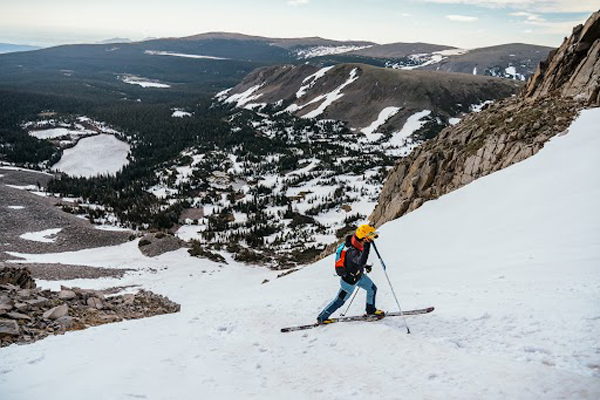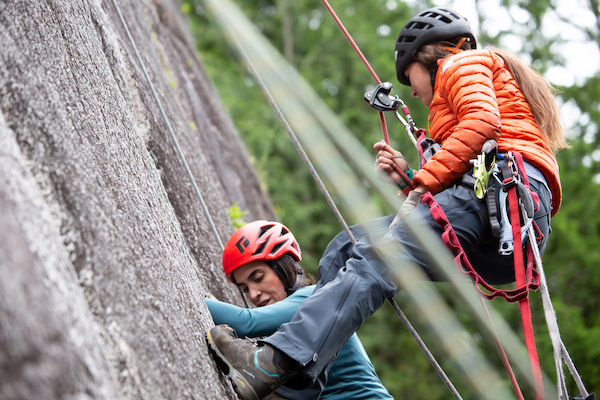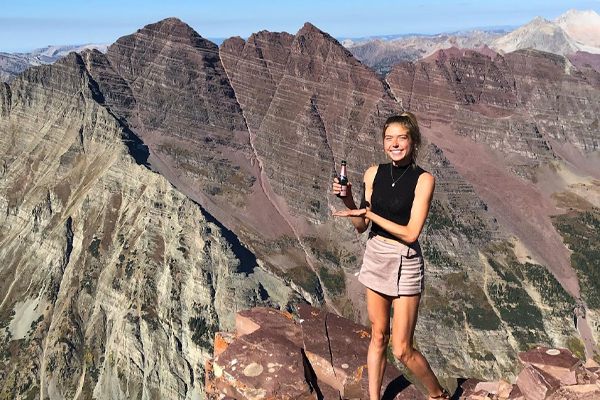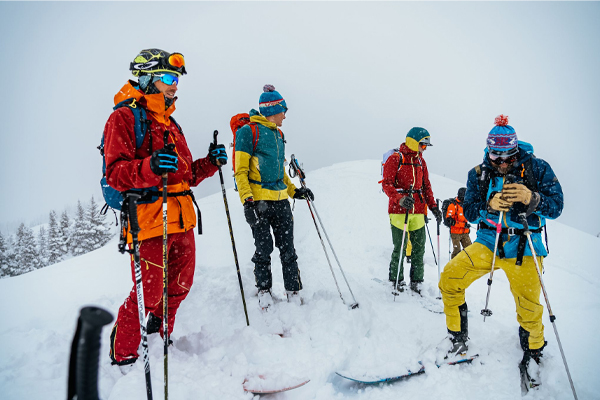Keenan Takahashi - Japan Part I

“We’ll be able to see Fujisan today,” Toshi states, as the rising sun shines through the windows of his sedan. It is barely 6 a.m. and the early rays are a rare sight considering that the flag is designed around the sun...
- - -
“Really?” I try hard to withhold the excitement from my voice but it is impossible. No expectations I try to remind myself, unsuccessful yet again.
We’re heading west out of Tokyo, bound for Mizugaki. It has been raining for most of the time since I arrived a week ago and we’ve been training in the gym.
To be honest, I have no idea what I’m doing in Japan. Except that I’m here, and that feels somehow right.
As a child, perhaps when I was 7 or 8 years old, I didn’t care much about travel. At all. I didn’t get it; I couldn’t comprehend why people wanted to go places for the sake of going. I was quite content with my life in California in the U.S. and I saw no need to go anywhere else.
Except Japan.
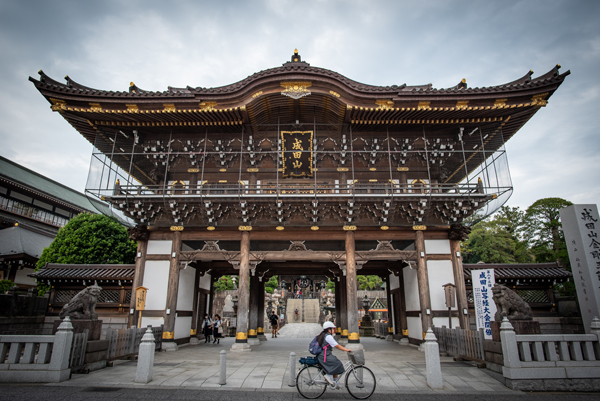
Japan was the first place I wanted to visit. It was the one country that really intrigued me as a small child. It lays claim to the origins of my intrigue into other cultures. This island is the spark of curiosity that has driven and now steers the majority of my life.
My grandparents are Japanese, but my father grew up in Los Angeles and unfortunately never taught me how to speak or read Japanese. [delve]
Despite all of that, (or perhaps because of that) I don’t think I’ve ever been so nervous before a trip. Normally everything is planned; life is climbing, climbing is life, every trip is for climbing. My lists are prepared months in advance: areas to check out, boulders to try, car rental sorted, housing accommodations, optimizing the season for good conditions, nothing is left out. Some might call it obsession and I don’t think I could argue against it, but I like to have a plan so that I don’t feel stressed.
For better or worse, there is no plan. No expectations, no goal, no agenda. No real idea of what I’ll find, or who I’ll meet, or what I’ll learn. The only goal is to be here, to be present, to see what it’s like.
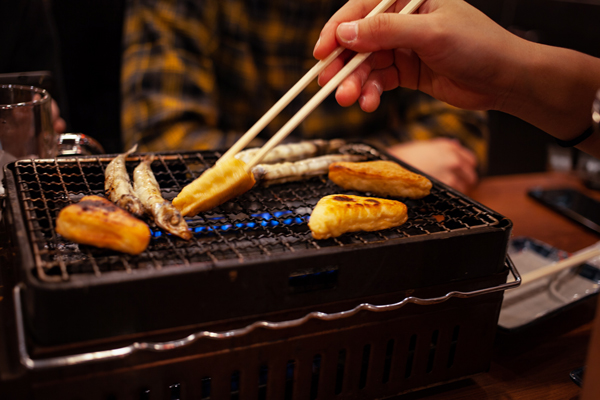
Some of that last bit is a lie. I do have vague goals, and they are in a nice, prepared list, as I would make for other trips:
- Eat a lot of sushi/food
- Practice Japanese
- Try Asagimadara (a highball boulder in Mizugaki)
- Take what I learn to improve as a person
Aside from #3, this is quite different than any other trip I’ve taken in the last decade. For the first time, I’m traveling for the sake of “traveling”.
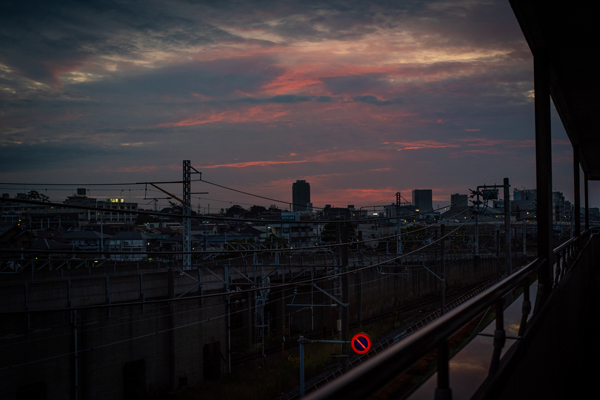
“Ahh maybe you won’t be able to see it today actually.” The passing day has brought some grey clouds that have started to patch over the sky like a quilt. Soon we are blanketed fully and can no longer see the horizon. “That’s ok, I’ll see Fuji later this trip,” I tell Toshi. We continue westwards. Having now exited the cityscape, we begin winding up heavily forested hills that are gradually growing into mountains. Pines and other conifers mingle with bamboo woods swaying in an invisible autumn breeze. The bamboo groves are my favorite; we don’t have them on such scale in the states and I’m entranced. The drive is longer than I realized, and the cloud-blanket begins to melt. At the base of the horizon, a sliver of bright blue appears. No expectations.
It rains a lot in Japan. Or at least much more than I’d expected. It is the tail end of a shifted typhoon season, so it kind of makes sense. Still, the regular rain brings about a wave of rising overhead plastic as soon as you exit the metro. Somehow the Tokyo citizens manage to not bump their umbrellas, seemingly ever. They deftly bob left and right, dodging without the slightest betrayal of effort. In its own microform, this epitomizes the way of life here. Hustle, bustle, work hard, but do not let it bother you. And don’t let it bother others. [politeness]
When it rains, it’s time to train. One of my recent fascinations has been the gym scene in Japan, and I don’t think I’m alone on this one. Throughout the climbing world, people are curious about how such a relatively small country produces such an absurdly high concentration of World Cup podium climbers.
Having spent a large portion of my time this trip in the gym, I have noticed a few things which I think contribute heavily to fostering such talent.
- Encouragement
- Hard boulders/setting
- Cultural obsession
- Diet?
It’s really not supposed to be a climbing trip, but I guess it’s become one. No complaints about that though, it’s much better this way around than the opposite.
The gym training is paying off. I feel light and fit, perhaps in the best shape of my life and it will hopefully translate on the rock.
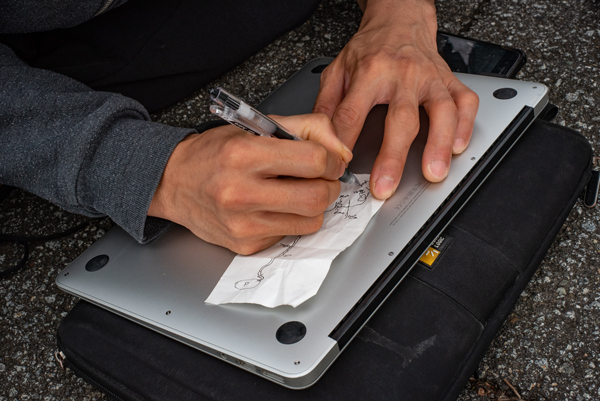
“You go right at the birch tree, it is obvious.” I appreciate Toshi’s confidence, but using a tree as my main guiding point in a forest seems optimistic at best. I forgot the guide book and we split up so that he could try the Decided project (now United V16) and I could try Asagimadara, a beautiful highball established by Tokio Muroi. Parked outside a Lawson Station in Hokuto, Toshi squats and draws a map on the back of my lunch receipt with some general time frames.
Just a day after the second typhoon I’d experienced, we’d driven to Mizugaki for a day trip along with Toshi’s friend Takeo. Along the drive, Toshi filled me in a bit on what he knows about Muroi. Born to two climbing parents who helped put Mizugaki on the map for climbing, his name, literally translated, means “Joy of climbing”. They must have known all along that their son would become a legend.
In the U.S., almost nobody knows who he is. If I were to guess, people would know his slabs Bansousha, Huminsho, and Kakusei as arguably the hardest in the world, but not necessarily his name, let alone that he climbs everything without pads. His commitment to style is what really intrigued me in the first place, but, as I can’t read or write Japanese, it’s challenging to find any information about him.
I first learned of Asagimadara and Muroi after reading about Toru Nakajima’s second ascent in 2013. It was listed as a contender for Japan’s hardest boulder, and in the interview with Toru he mentions that Tokio established the huge line after over 100 days of effort and without pads. From that moment on, I was hooked. Who was this guy quietly putting up the hardest highballs in the world?
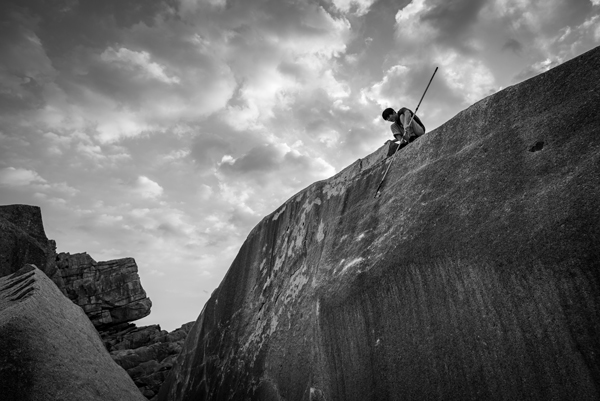
Searches left me with little information, but from that moment on, the boulder has remained at the absolute top of my list of climbs in Japan. While I told myself I would have no climbing goals as this wasn’t a climbing trip, I was determined to try Asagimadara and see if it was as cool as I hoped.
“After the tree, you’ll cross a small stream and then go up and left past Hyakkiyako, a nice overhang”, Toshi said, while drawing the map. “You’ll be fine, it’s not that hard to find.”
Yesterday’s typhoon Hagibis stuck around a bit and it is beyond humid; visibility is less than 40 meters and I am essentially hiking in a cloud as I start up the hill. The trail is gradual and wide for the first 10 or so minutes before it steepens and the trees close in from either side. Well, at least this part seems on point with what Toshi’s map says. I start breathing harder and have to look down to watch so that I don’t trip over the exposed roots that make up the trail. Pausing to catch some breaths, I look to either side and realize I’ve been walking up a strange small ridge. The leaves are beginning to change to autumnal oranges, yellows, and reds, and I bask in the otherworldly mist, excited and hopeful.
I carry on, and suddenly, the birch tree is in front of me. In the fog, it almost appears to be glowing; it’s so much brighter than all the rest of the forest surrounding it. Excited, I head right, crossing the small stream Toshi mentioned, and quickly find Hyakkiyako. It looks incredible and I stop for a minute or two, but my boulder-sense tells me I’m close so I move on, finding a shadow of a path that winds up steeply before coming to a clearing.
At the end of the clearing, ever so faintly, I can see something looming. My pace quickens along with my heart, but as I finally approach the boulder I slow down. It is more grand and majestic than I’d ever dreamed. Taller, steeper, and with a much worse landing than I’d anticipated, it takes a few moments to gather myself. It is without a doubt one of the most inspiring boulders I’ve ever laid eyes upon.

First thoughts: this is super sketchy without crash pads, this is awesome, I have to do my best to try and do this in my lifetime.
I set my gear down and eat my lunch in front of it, quickly, as I can hardly wait to start trying. As soon as I’m finished, I take the rope and harness up the back, rappel in, and start cleaning the top. It is a bit moist and quite mossy; I don’t think it has been climbed since Ryuichi Murai in October 2016.
The line can be broken up into three parts from bottom to top; the bottom five moves are the crux, the following seven are fairly hard but, when rehearsed, should be reasonably safe, and the upper final slab is easy when clean and dry.
About 14 meters tall, the overhanging bulge that marks the end of the difficult climbing ends around 7 or 8 meters at a point you can stand without hands. I immediately focus on the last section of this; the most dangerous to fall. This section is all 2 or 3 finger pockets, a style I’m quite bad at, and it takes a while to remember the beta I’d watched the night before and to warm my fingers up on the damp holds. Eventually, I sort out how to grab each pocket and do the final section three times without falling, but it feels harder than I’d like at that height. I rappel a bit lower and start chalking the bottom few moves, the real crux.
Starting at head height, you pull on with a left hand slopey pocket and right hand crimp and immediately throw your right heel over your right hand. You cross back to a pinch, and then make a weird surge left around the corner to a pocket crimp. This is followed by two right hand moves, first to a small crimp and then to a decent two finger pocket. Once you gain the pocket, you build your left foot to the starting left hand and make a final hard move to a left hand crimp. The next right hand you gain is a sloper jug and you can re-compose for the final upper crux.
The overhang is too steep to try the bottom few moves on the rope, so I set my pad up. It has yet to be repeated without pads, and after seeing it in person I now understand why. I manage to do the first move on my first try, but in the two videos I’d seen, of Toshi’s and Ryuichi’s ascents, the second move looks like it will be the hardest for me.
I spent the next 30 tries over two hours working on how to do the second move. I adjust the pinch position, the left hand grip, foot position, knee orientation, and also try some weird alternative betas that prove fruitless. After about 20 tries I settle on how to grab the handholds and to move quickly to the hold while maintaining tension. Then it starts raining.
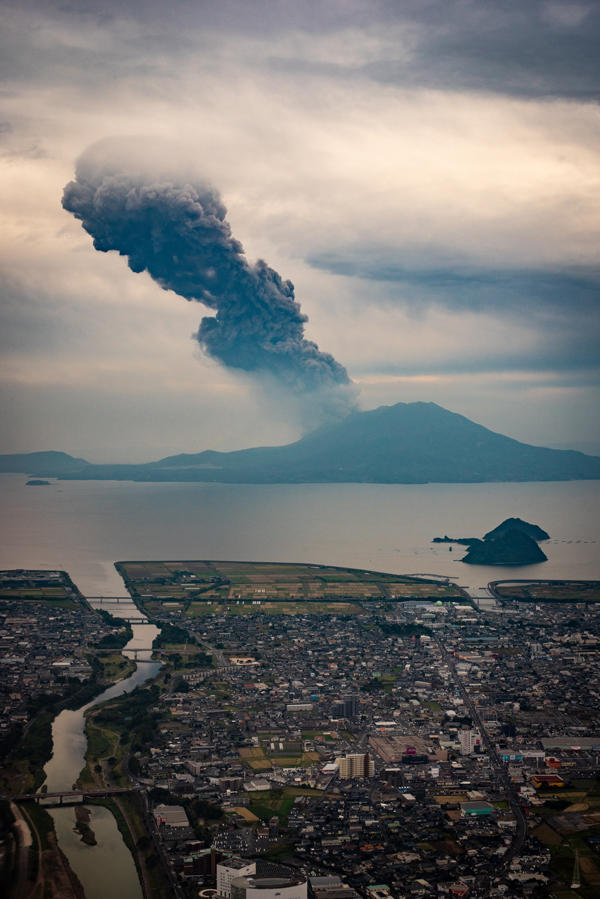
I decide to give myself three more tries before packing up. The first try, I pause on the hold for the first time. Elated, I force myself to rest a few minutes despite the slowly seeping headwall. Fortunately, due to the steepness and size of the boulder, it is still dry although the humidity is maximal. The second try I move well, but come up just short of the hold. On my third try, I stick the hold, badly, three fingers open, and fall trying to readjust. Before I even hit the ground I start yelling “YESSSSSSSS!!!” in elation. I couldn’t try the third, fourth, or fifth move, but they look like they suit me well and now there is a glimmer of hope.
“You’re like a different climber outdoors,” Toshi jokes as I arrive at the car and tell him how my session went despite the terrible conditions. We’ve been climbing in the gym together for the first time, and he’s found out how relatively bad I am at it. Previously, we’ve only climbed outside, when we first met in Hueco in early 2018, then Colorado, Bishop, and most recently this past summer in Rocklands.
The gym climbing, and perhaps more specifically, the gym climbers, in Japan have astounded me. The general level of ability is significantly higher than anywhere I’ve ever seen. I honestly feel like I can’t keep up; if everyone weren’t so encouraging and kind, I think I’d feel intimidated. On the positive side, it has been driving me to climb more in the gym to work on my weakness and hopefully better my chances on the outdoor projects.
---
After a long drive back to Tokyo and a rest day, the forecast clears up and I head back to Mizugaki for a three day trip with my friends Nick and Koha. We start the day at Slashface, a cool V9 just below Asagimadara. Nick and I both manage to do it and Koha makes some good progress and sorts all of the moves but the jump crux. The light is fading so I ask if I can go up to Asagimadara and try with some power-spots.
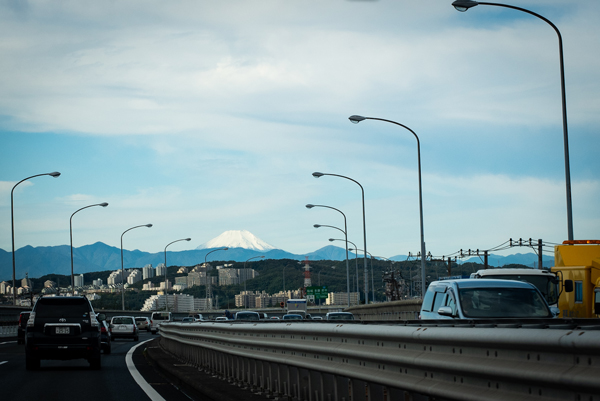
Nick pushes me past the first two moves; I stick the third move and fall going to the fourth hold, the good right hand pocket. The next try (again with a push) I stick the pocket and the fifth hold; I am through the crux and have now done all the moves. I drop to the ground and have a small freak out; I’m excited to have done the moves but also nervous as the pressure sets in.
I try a few times from the ground; I manage to stick the crux poorly and fall on the fourth move, narrowly missing the pocket. Darkness is settling and despite wanting to keep going I tell Nick and Koha, “Please help me to stop trying. It’s too dangerous to climb right now.” I force myself to be patient and save my energy so we head down the mountain.
The following day, it’s a bit drier and Nick and Koha warm up at a different zone. I head up with a rope to clean the top of Asagimadara and figure out the very top. It takes a while to get all the moss off but I finally sort a sequence that feels relatively easy and safe from the no-hands rest. I rappel a bit lower and warm up my fingers properly on the final few pocket moves. I’m relieved to find that the condition feels much better than the previous couple of sessions and the sequence feels much more secure. I rehearse this section five times to make sure I feel comfortable, then take the rope down as Nick and Koha arrive.
Unfortunately, the clear weather also means it is warm at midday. I take some rest to cool my hands off and compose myself mentally. “I still have three weeks. It’s plenty of time, and I can always come back to it another year,” I tell Koha. Deep down though, I really want to do it this trip.
My first couple of tries are shaky, I’m nervous and not perfectly focused. I fall on the second move a third time, and sit down to eat a kaki (persimmon). I immediately feel better and realize it IS ok to come back to on another trip. With my mind clear for the next try, I stick the second move well, grab the intermediate and then the pocket. I build my left foot and stare down the left hand, the final hard move. I surge to it… and come up just short, perhaps three millimeters. I bury my head in the pad in disappointment. I tried with 98% effort, not 100%, and have a hard time forgiving myself.
On a positive note, I now fully believe that I can climb it this trip if the weather permits and I stay healthy. I rest for a solid 15 minutes and tell myself to give everything, even if I don’t have the holds perfectly.
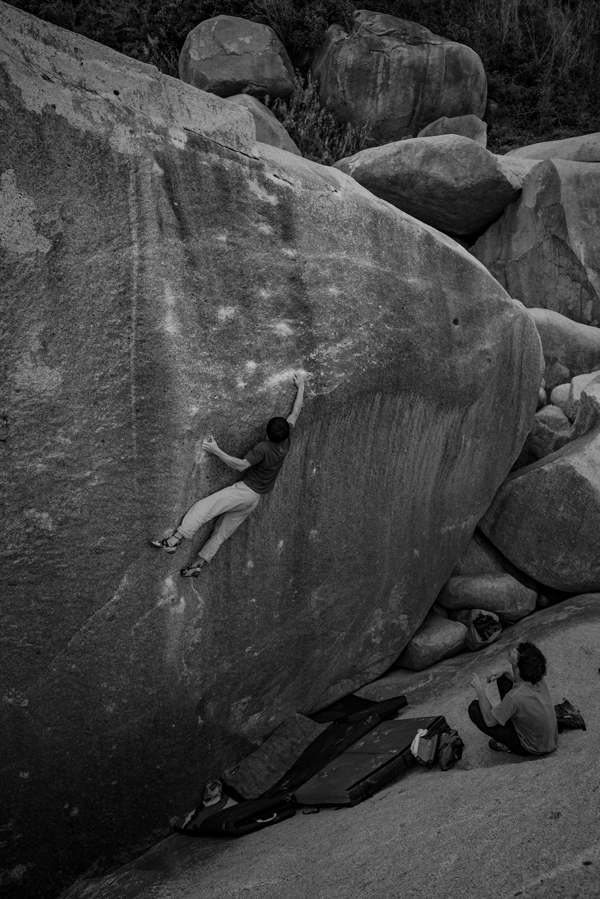
I pull on and place the heel; the first move cross feels good and I grab the pinch well. I surge left and catch the crux crimp but my pinky misses it. Screw it, keep going. I snag the crimp well and bump to the pocket. “Give everything here,” I tell myself. I stare the crimp down, and maintain my gaze as I move to it. I grab it, and stay on the wall. Suddenly, my mind shifts to an even higher gear, and everything drops away.
Grabbing the sloper jug, I take some deep breaths and compose for the top. I know the sequence, and despite a minor foot sequence error, the adrenaline rushing through me makes the pocket sequence feel in control as I build my feet for the final move. I surge over the bulge, and grab the good sloper crimp. From the far reaches of my mind I can hear Koha telling me to breathe - good advice. I take a couple of deep breaths and reach back to the jugs. As I mantle over the lip to the slab, reality sets in and I find myself overjoyed and elated.
After some shouts of excitement, I climb the final slab up and right, to the top of the boulder and bask in the afternoon sun. It feels surreal to be on top of this incredible line I first saw so many years ago; those first dreams were from a time I never thought I’d be fortunate enough to climb so much, let alone such a beautiful and difficult boulder.
Once the adrenaline wears off, we pack up and head down to Hyakkiyako so that Nick can start sorting it out. My right ring finger feels tweaked from the pocket fourth move, so I decide to call it a day and make sure it’s not injured. Nick manages to figure out his beta and as the sun sets we head down to Hokuto to celebrate.
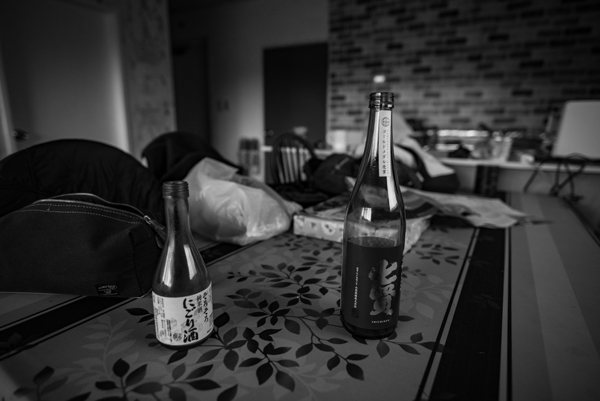
We drink sake so late that all of the local restaurants have closed; we walk to a nearby Lawson Station and buy supplies for yakisoba. We end up making what’d I’d bet is one of the better meals ever made from a konbini, but that could just be the alcohol and hunger talking. Honestly though, considering the cooking skills of the Japanese it was probably barely average.
On the final day of the weekend, we climb at Kotei Iwa. Late in the afternoon, I go back to an amazing compression project that Toshi and I had tried on my first day to Mizugaki that Sachi Amma had cleaned. I finally figure out the sequence, but it feels limit and I’m motivated to come back as soon as possible. We drive back to Tokyo late at night, stopping at the dangozaka for Hoto… but that story remains for part two…
- - -
ABOUT THE AUTHOR
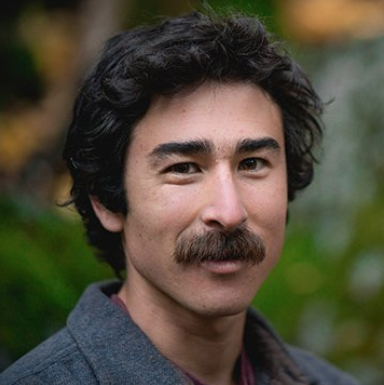
Keenan Takahashi is a member of the La Sportiva Climbing Team.
- - -

